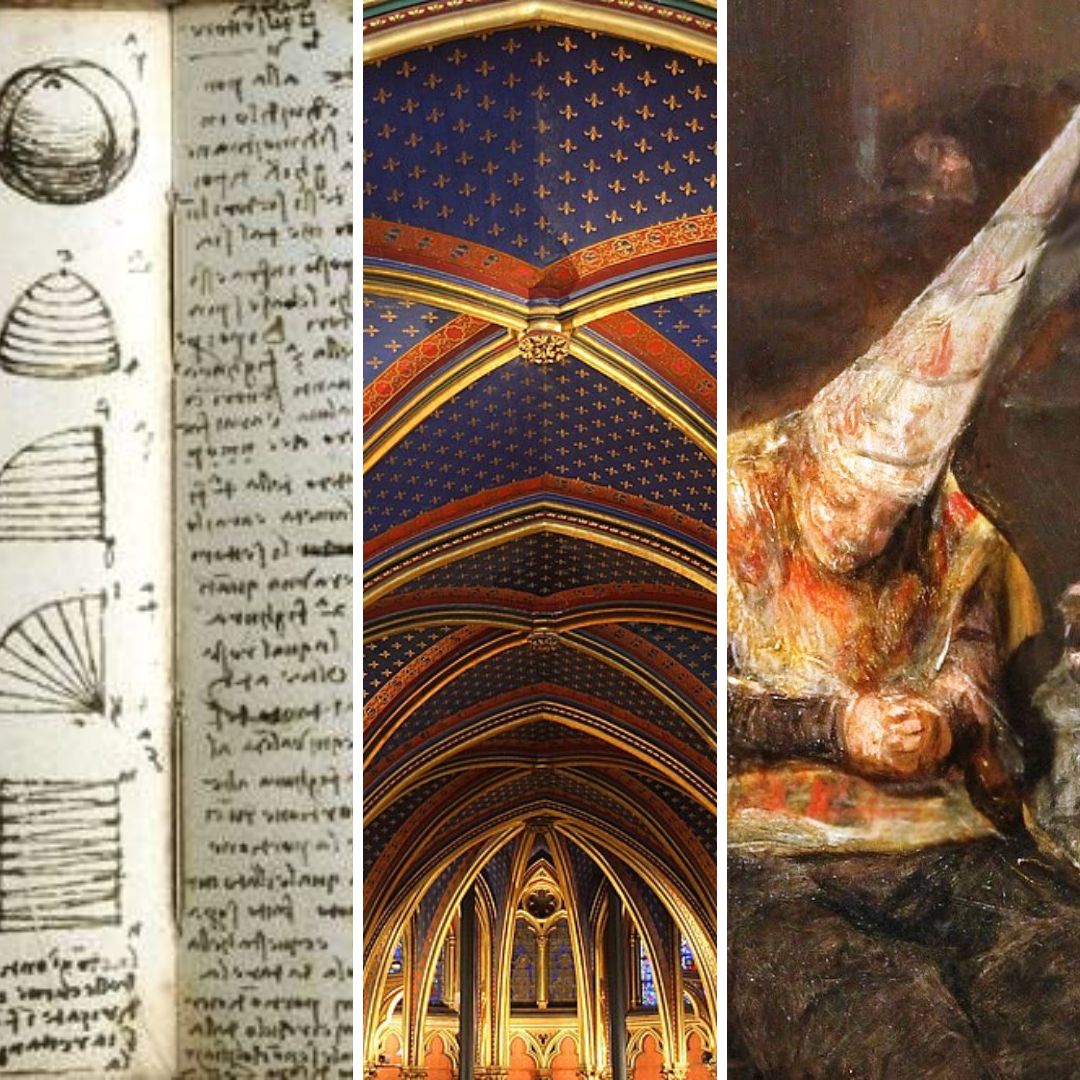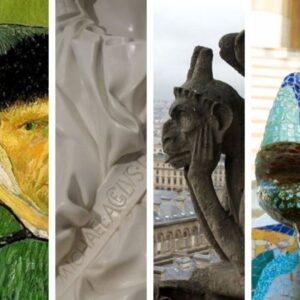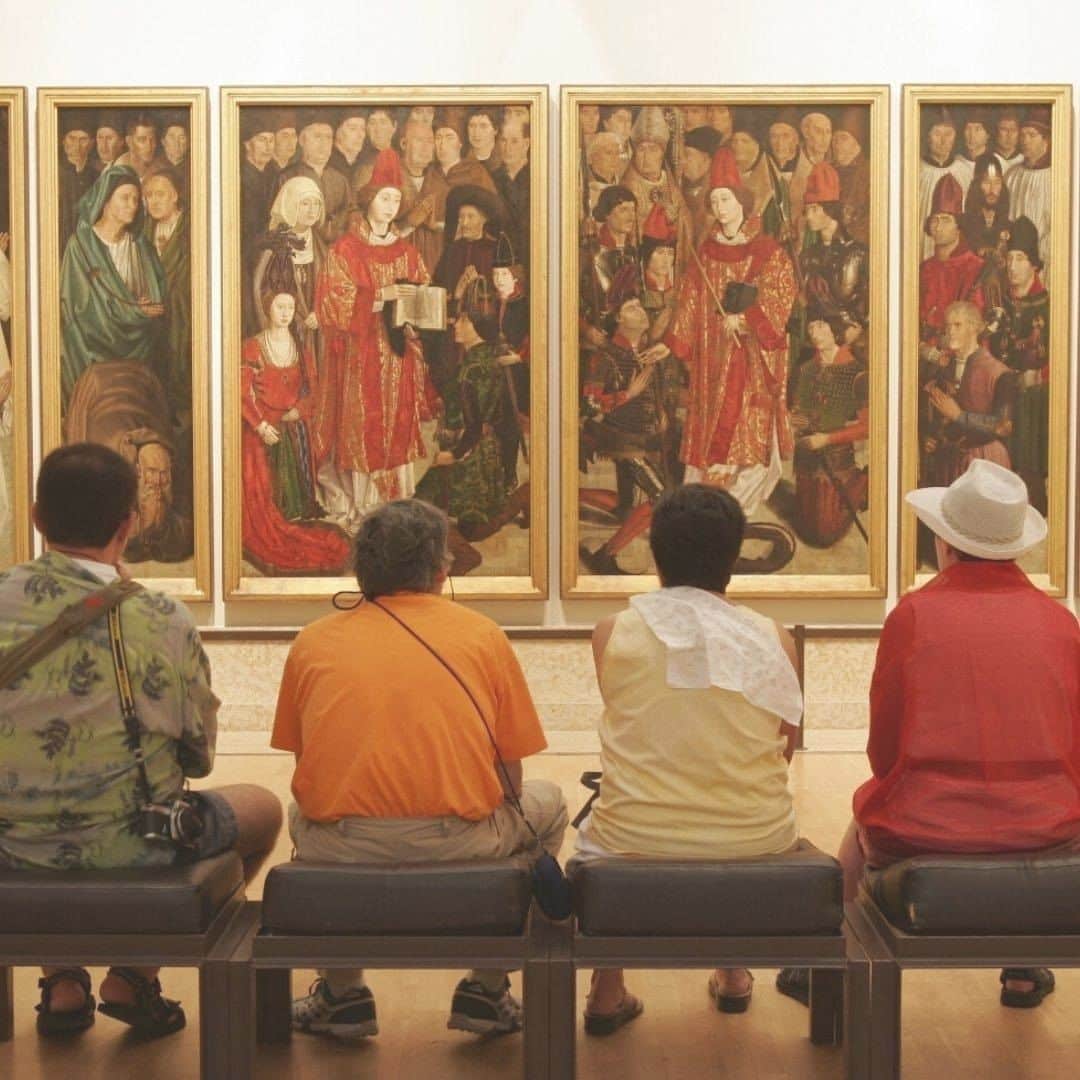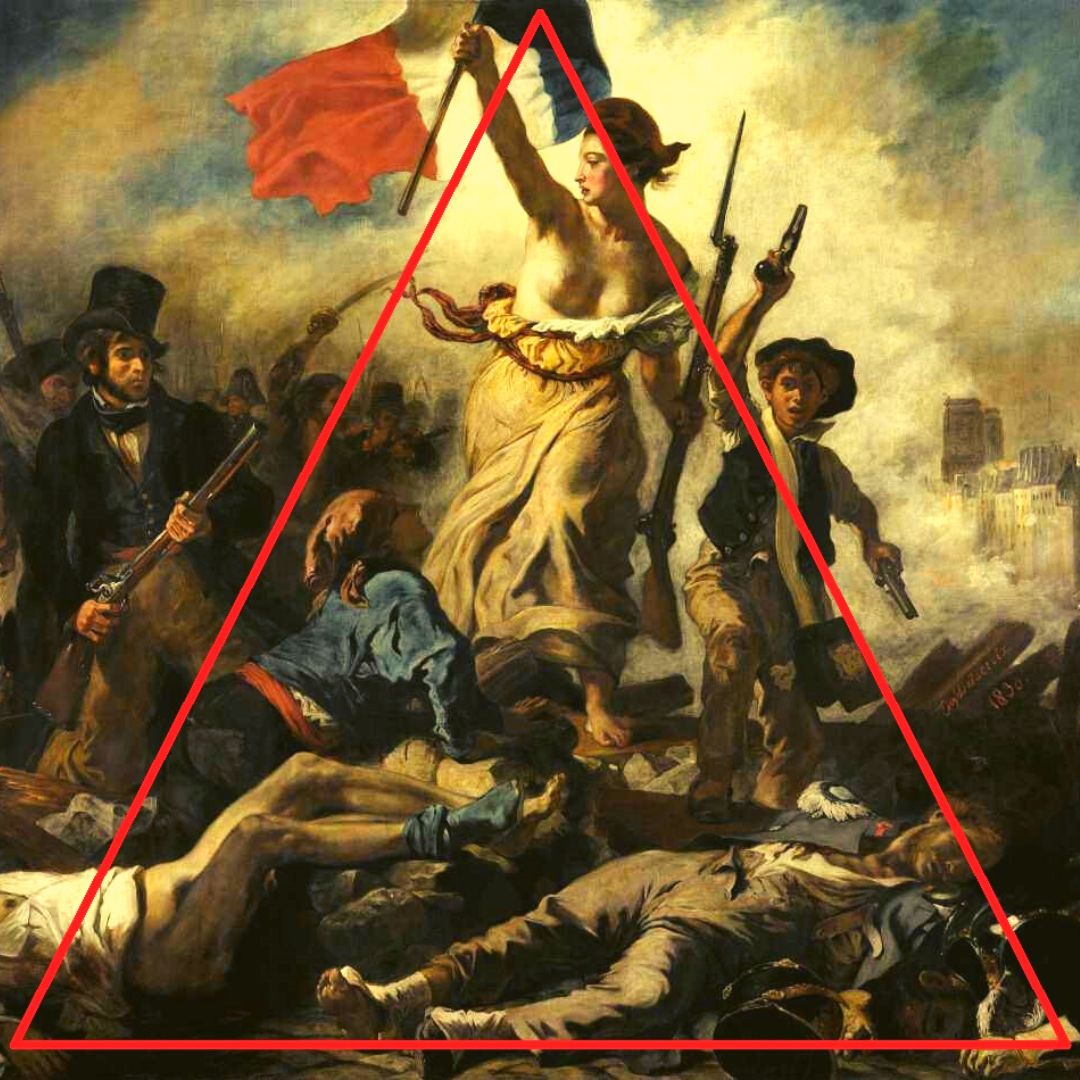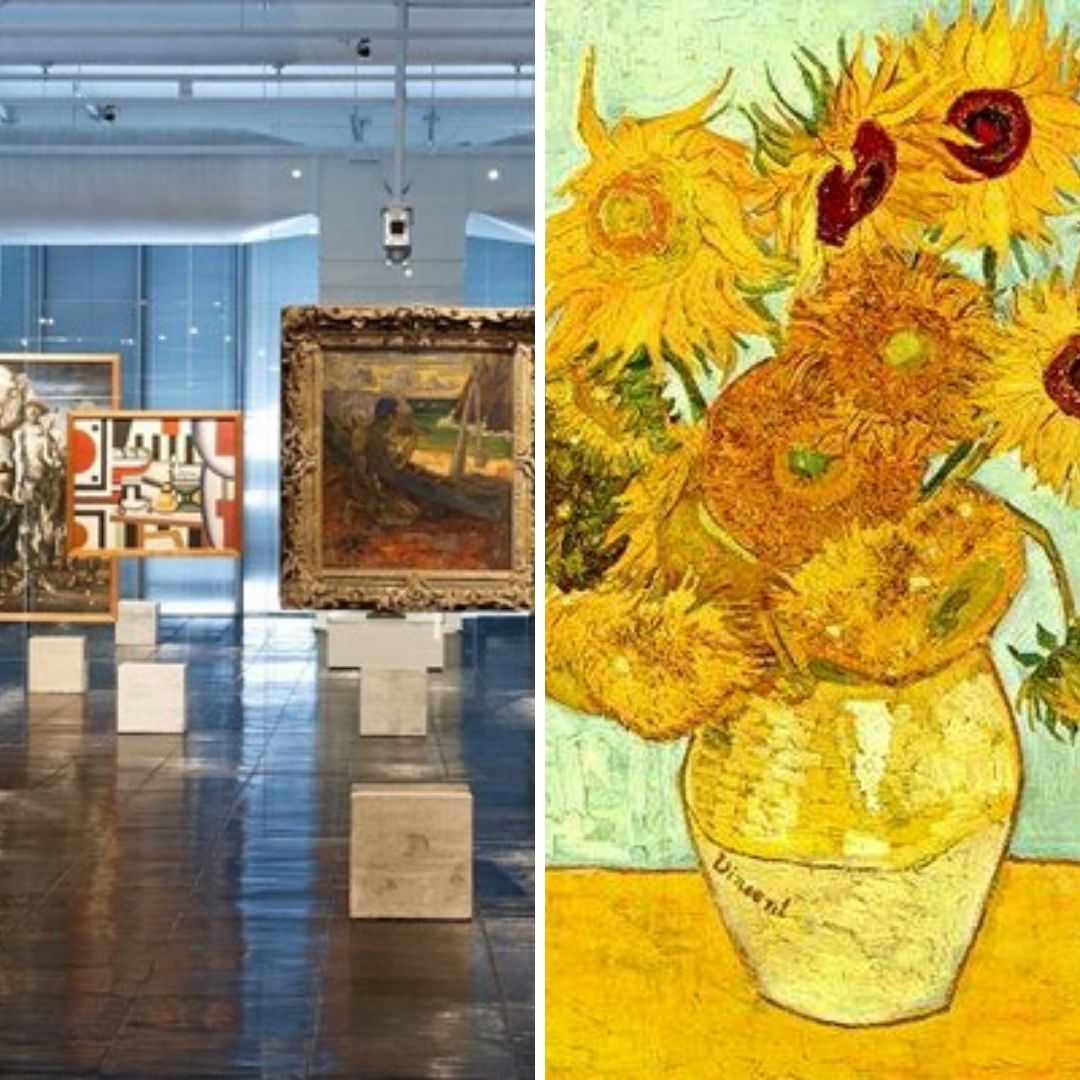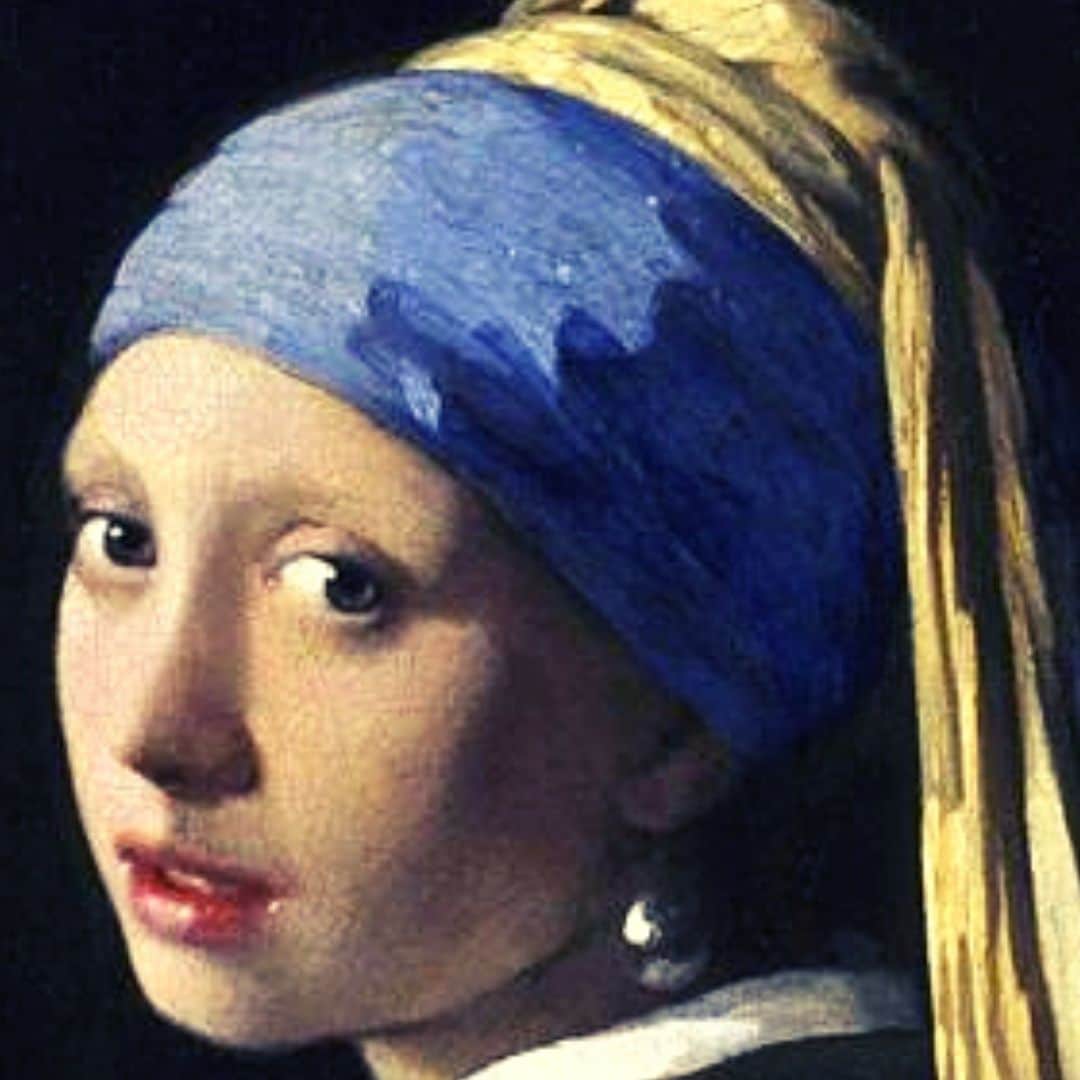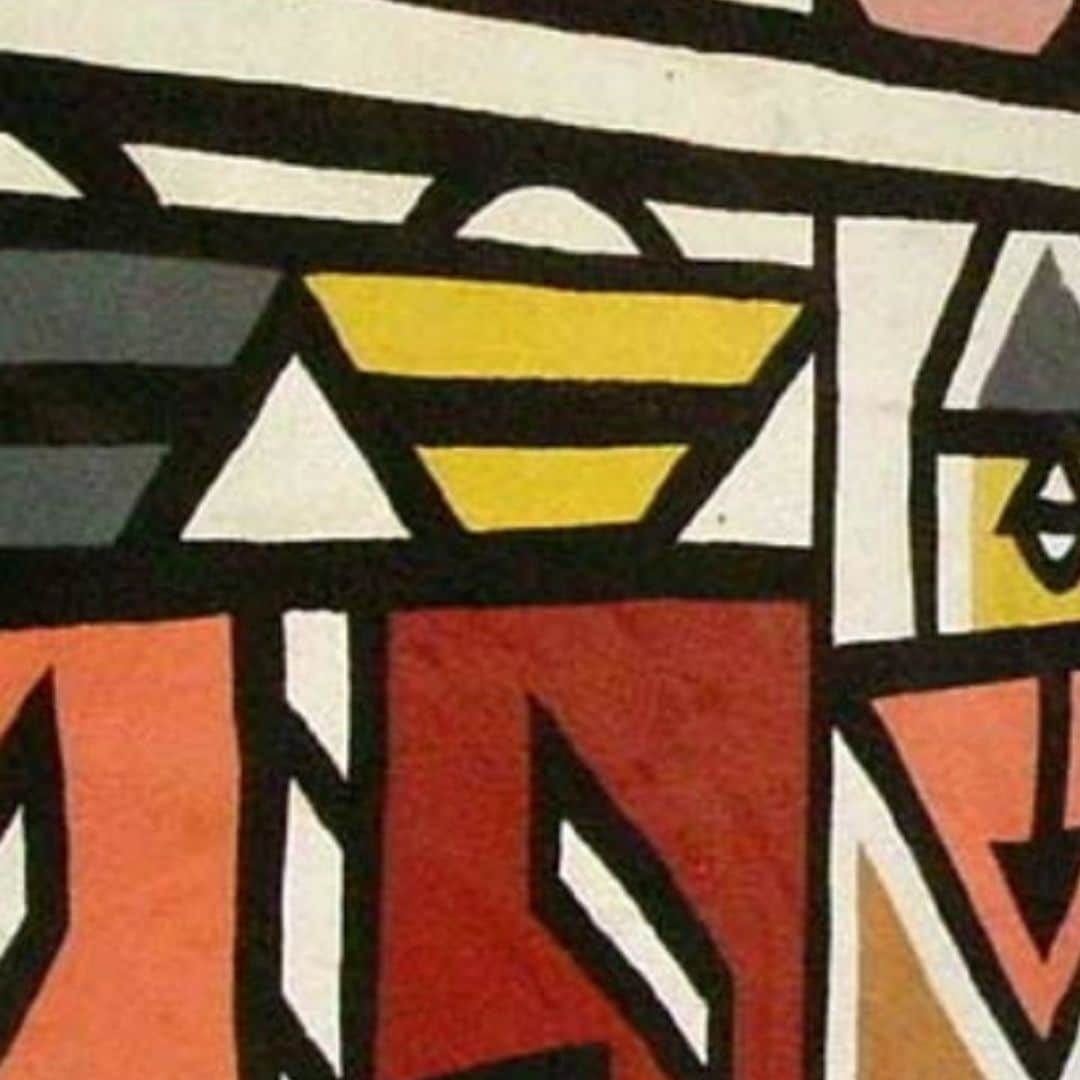Michelangelo Merisi da Caravaggio
Caravaggio is considered one of the great representatives of the Baroque movement.
Caravaggio was born in Milan on September 29, 1571. He died in Porto Ercole on July 18, 1610.
His troubled life crosses with his work loaded with violence, seduction and mystery. Temperamental, Caravaggio became involved in his life in various quarrels, having been arrested, fled from Rome and expelled from Malta.
Main characteristics of his paintings
Caravaggio portrayed ordinary people in his paintings although representing characters and biblical scenes. This brought some problems because the Catholic Church had difficulty accepting its representations of biblical scenes.
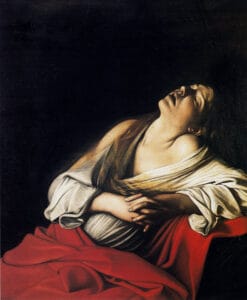
Mary Magdalen in Ecstasy
It lent great drama and realism to the scenes through light / dark games and dark backgrounds.
He was a master in the manipulation of light in his paintings giving greater or lesser emphasis to detail or characters by playing between dark areas and light bulbs.
The Death of the Virgin
“The Death of the Virgin,” commissioned for a church in Siena, was refused for opposing the dogma of Mary’s ascension and for portraying her in a red dress.
In this painting, the artist represented “The Death of the Virgin”
The Death of the Virgin is an oil painting done between 1604 and 1606 (or 1602) by the Italian painter Michelangelo Merisi of Caravaggio. The work is preserved in the Louvre Museum in Paris.
In this picture the main characteristics of Caravaggio’s works are present.
- A red backdrop that captures the viewer’s attention
- Caravaggio represents the Virgin, accompanied by Mary Magdalene, the Apostles
- Despite being a sacred scene, the painter is inspired by popular types. The apostles are represented as ordinary men as well as the virgin herself.
- The composition denotes great veracity and even crudeness in the interpretation of the theme.
- The painting reveals a strong game of chiaroscuro, putting some figures in the dark, while illuminating other points profusely
To know the biography and complete work of the artist visit the official site

